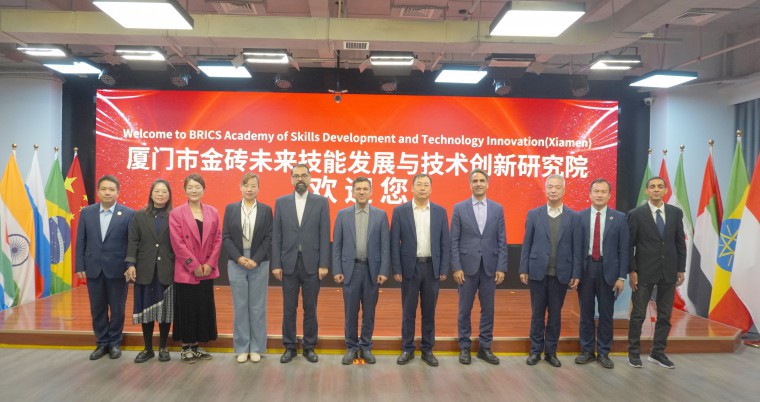
On March 19, His Excellency Hossein Ali Darvishi Mutavalli, Consul General of the Iranian Consulate General in Guangzhou, led a delegation to visit the BRICS Academy for an exchange activity. The delegation members included Mr. Mehdi Nazari, Counselor for Technology and Innovation; Mr. Ahmad Golamipour, Economic Consul; and Ms. Zhong Hua, Assistant to the Consul General.
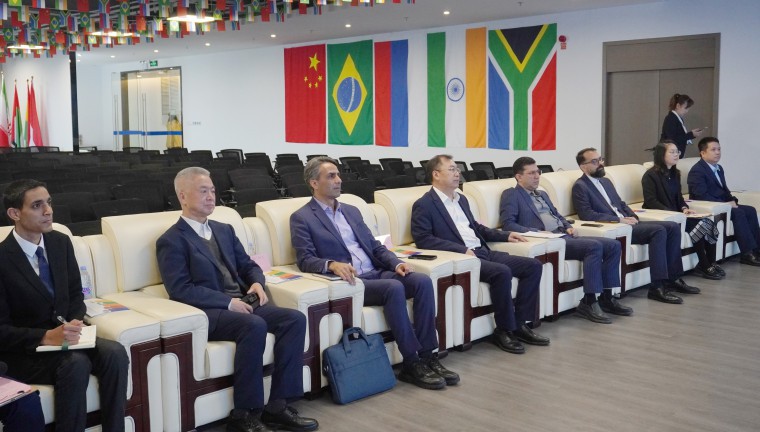

Accompanied by Dr. Liu Zhenying, the Chair of China Chapter of BRICS Business Council Skills Development, Applied Technology and Innovation Working Group and President of the BRICS Academy, the delegation first watched a short introductory video about the institute, highlights from the BRICS Skills Competition, and video clips from the 2024 exchanges during the competitions in South Africa and Brazil, gaining a comprehensive understanding of the institute's achievements and the impact of the events. Subsequently, representatives from the Academy provided the delegation with a detailed work presentation, systematically outlining the Academy's progress and plans in areas such as skills development, technological innovation, and international cooperation. Following this, the delegation visited the Academy's Future Technology Exhibition and Experience Center. The center showcased innovative achievements and application scenarios spanning cutting-edge fields such as digital technology, artificial intelligence, and smart manufacturing, presenting the delegation with the development trends and application potential of future technologies, which sparked their keen interest and in-depth discussions.
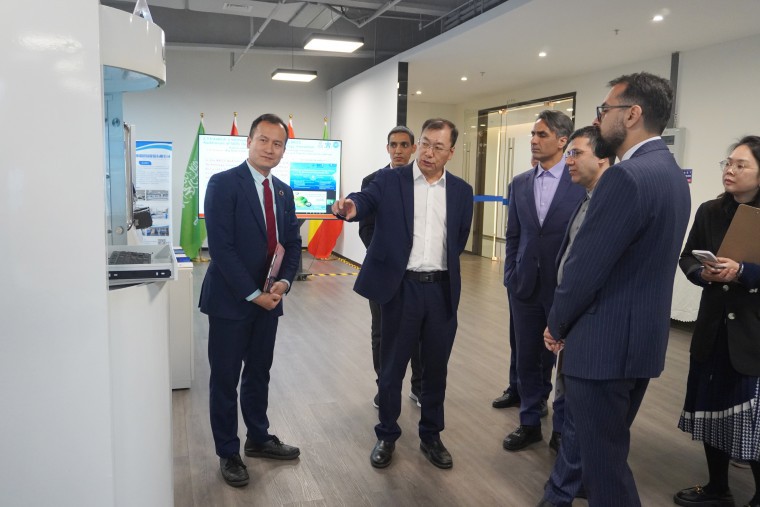
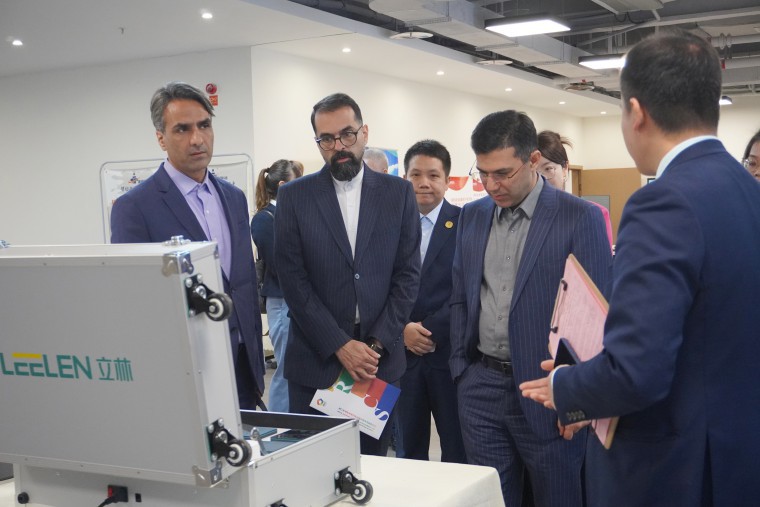
After the visit, Dr. Liu Zhenying engaged in in-depth discussions and exchanges with the delegation. His Excellency Dariushi expressed high praise for this visit, noting that Iran, as a new member of the BRICS family, highly values the diverse development opportunities brought by the "BRICS Cooperation Mechanism." He stated that he hopes this visit will serve as an opportunity to promote comprehensive and pragmatic cooperation under the framework of the BRICS Cooperation Mechanism, based on a deeper understanding of the BRICS Business Council, its industry working groups, and the operations of the BRICS Academy, while aligning with Iran's strategic priorities in the fields of skills, technology, and innovation.
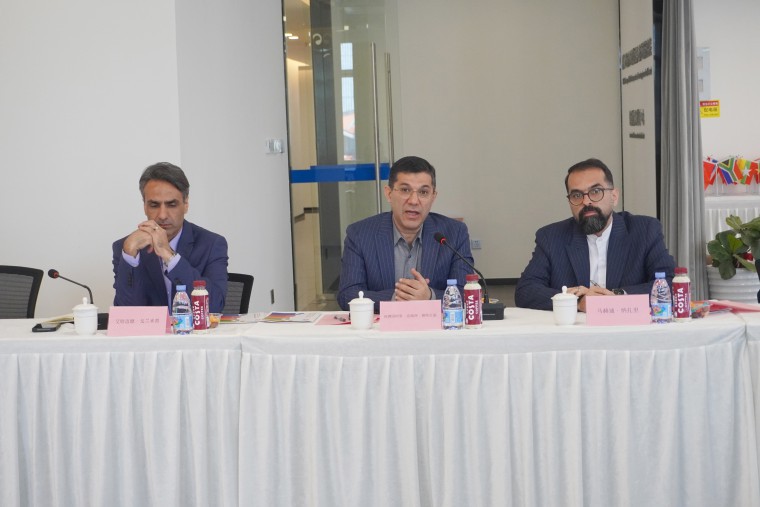
President Liu Zhenying provided a detailed overview of the BRICS cooperation mechanism's developmental trajectory, operational model, and its significant role in global economic, technological, and educational domains during the discussion. He elaborated on the core initiatives undertaken by BRICS Academy under the framework of the BRICS Business Council. He noted that by 2025, the number of full BRICS members has expanded to 11, with an additional 9 countries becoming BRICS partner nations, reflecting the growing influence and reach of BRICS cooperation. Against this backdrop, he expressed the Academy's aspiration to collaborate with relevant Iranian stakeholders to jointly contribute to the successful hosting of the 9th Belt & Road and BRICS Competition of Skills Development and Technology Innovation International Round (including the Technology Innovation and Future Skills Challenge Competition) in the Middle East in 2025.
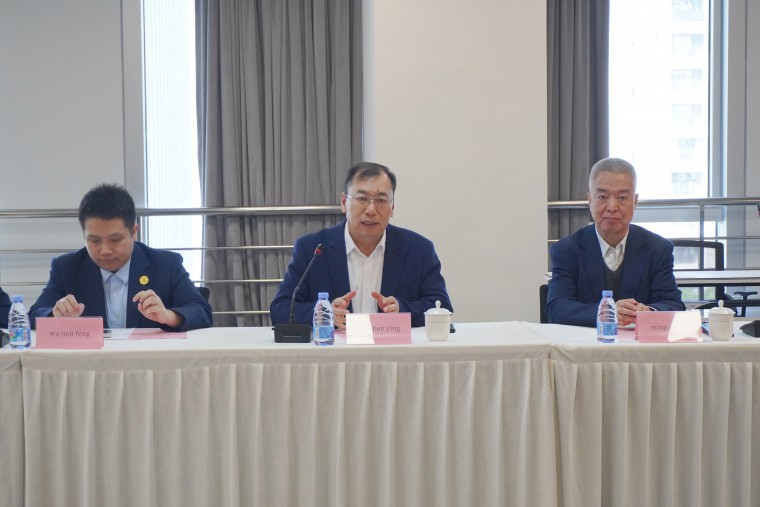
In addition, he proposed to leverage the BRICS Technology Innovation Competition and the work of the BRICS Standardization Working Committee for Skills and Technology, focusing on emerging industrial fields such as digital technology, artificial intelligence, and smart manufacturing, as well as key directions like the integration of digital skills with traditional industries, to jointly promote the internationalization of technology and skill standards. The two sides also engaged in in-depth discussions on advancing the formulation of technology and skill standards among Belt&Road and BRICS+ countries, the establishment of International Training Bases for BRICS Future Technical Skills and Humanities Exchange Talents(BRICS Workshop), the setup of the BRICS Joint Academy, and the sustainable development of BRICS Auditorium of Skills Development and Technology Innovation. They aimed to achieve resource sharing and complementary advantages through cooperation, injecting new momentum into technology innovation and talent cultivation in BRICS countries and relevant partner nations.
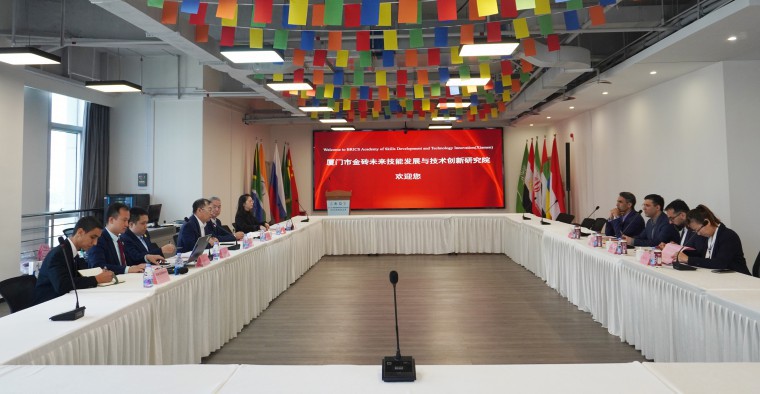
Related Reading
Recommended articles




Popular articles



 闽ICP备12331232468号-1
闽ICP备12331232468号-1